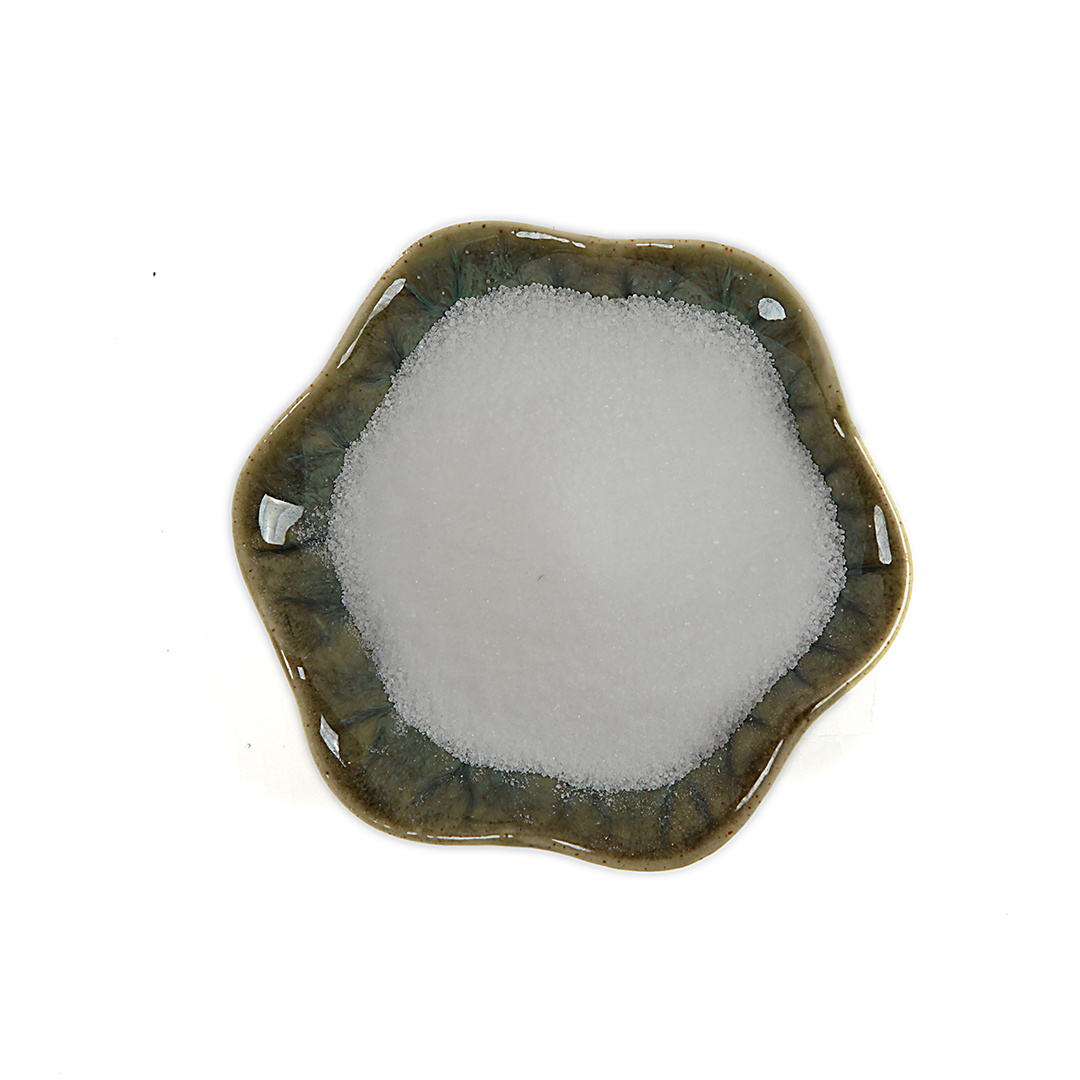Jiangsu Juming Chemical Technology Co., Ltd.

Product Description
Product Name: Ethyl acetate
Synonyms: AKOS BBS-00004223;METHYLATED SPIRIT;METHYLATED SPIRIT INDUSTRIAL;METHYLATED SPIRIT MINERALISED;METHYLCARBINOL;REAGENT ALCOHOL;RARECHEM AL BI 0544;SPIRIT OF WINE
CAS: 141-78-6
MF: C4H8O2
MW: 88.11
Melting point: −84 °C(lit.)
Boiling point: 76.5-77.5 °C(lit.)
density: 0.902 g/mL at 25 °C(lit.)
form: Liquid
mf: 
Ethyl acetate Usage: Ethyl Acetate is an organic ester compound with a molecular formula of C4H8O2 (commonly abbreviated as EtOAc or EA), appears as a colorless liquid. It is highly miscible with all common organic solvents (alcohols, ketones, glycols, esters), which make it a common solvent for cleaning, paint removal and coatings.
Ethyl acetate is found in alcoholic beverages, cereal crops, radishes, fruit juices, beer, wine, spirits etc. Ethyl acetate is used as a solvent for varnishes, lacquers, and nitrocellulose; as anartificial fruit flavor; in cleaning textiles;and in the manufacture of artificial silk andleather, perfumes, and photographic filmsand plates. Ethyl Acetate is generally used as a solvent in organic reactions. Environmental contaminants; Food contaminants. Ethyl acetate is used primarily as a solvent and diluent, being favored because of its low cost, low toxicity, and agreeable odor. For example, it is commonly used to clean circuit boards and in some nail varnish removers (acetone and acetonitrile are also used). Coffee beans and tea leaves are decaffeinated with this solvent. It is also used in paints as an activator or hardener. [citation needed] Ethyl acetate is present in confectionery, perfumes, and fruits. In perfumes, it evaporates quickly, leaving only the scent of the perfume on the skin.
3 – 1 - Laboratory uses
In the laboratory, mixtures containing ethyl acetate are commonly used in column chromatography and extractions. Ethyl acetate is rarely selected as a reaction solvent because it is prone to hydrolysis and trans esterification.
3 – 2 - Occurrence in wines
Ethyl acetate is the most common ester in wine, being the product of the most common volatile organic acid — acetic acid, and the ethyl alcohol generated during the fermentation. The aroma of ethyl acetate is most vivid in younger wines and contributes towards the general perception of "fruitiness" in the wine.
3 – 3 - Entomological killing agent
In the field of entomology, ethyl acetate is an effective asphyxiant for use in insect collecting and study. In a killing jar charged with ethyl acetate, the vapors will kill the collected (usually adult) insect quickly without destroying it. Because it is not hygroscopic, ethyl acetate also keeps the insect soft enough to allow proper mounting suitable for a collection.
PREVIOUS:
Ethyl acetate
We have a professional export team and our brushes are exported to European and American countries. We can do OEM and ODM services. We have a brush design team that develops and designs new brushes every year.
Still deciding? Get samples first, Contact US !
Products Category
Tag list
Product Description
Product Name: Ethyl acetate
Synonyms: AKOS BBS-00004223;METHYLATED SPIRIT;METHYLATED SPIRIT INDUSTRIAL;METHYLATED SPIRIT MINERALISED;METHYLCARBINOL;REAGENT ALCOHOL;RARECHEM AL BI 0544;SPIRIT OF WINE
CAS: 141-78-6
MF: C4H8O2
MW: 88.11
Melting point: −84 °C(lit.)
Boiling point: 76.5-77.5 °C(lit.)
density: 0.902 g/mL at 25 °C(lit.)
form: Liquid
mf: 
Ethyl acetate Usage: Ethyl Acetate is an organic ester compound with a molecular formula of C4H8O2 (commonly abbreviated as EtOAc or EA), appears as a colorless liquid. It is highly miscible with all common organic solvents (alcohols, ketones, glycols, esters), which make it a common solvent for cleaning, paint removal and coatings.
Ethyl acetate is found in alcoholic beverages, cereal crops, radishes, fruit juices, beer, wine, spirits etc. Ethyl acetate is used as a solvent for varnishes, lacquers, and nitrocellulose; as anartificial fruit flavor; in cleaning textiles;and in the manufacture of artificial silk andleather, perfumes, and photographic filmsand plates. Ethyl Acetate is generally used as a solvent in organic reactions. Environmental contaminants; Food contaminants. Ethyl acetate is used primarily as a solvent and diluent, being favored because of its low cost, low toxicity, and agreeable odor. For example, it is commonly used to clean circuit boards and in some nail varnish removers (acetone and acetonitrile are also used). Coffee beans and tea leaves are decaffeinated with this solvent. It is also used in paints as an activator or hardener. [citation needed] Ethyl acetate is present in confectionery, perfumes, and fruits. In perfumes, it evaporates quickly, leaving only the scent of the perfume on the skin.
3 – 1 - Laboratory uses
In the laboratory, mixtures containing ethyl acetate are commonly used in column chromatography and extractions. Ethyl acetate is rarely selected as a reaction solvent because it is prone to hydrolysis and trans esterification.
3 – 2 - Occurrence in wines
Ethyl acetate is the most common ester in wine, being the product of the most common volatile organic acid — acetic acid, and the ethyl alcohol generated during the fermentation. The aroma of ethyl acetate is most vivid in younger wines and contributes towards the general perception of "fruitiness" in the wine.
3 – 3 - Entomological killing agent
In the field of entomology, ethyl acetate is an effective asphyxiant for use in insect collecting and study. In a killing jar charged with ethyl acetate, the vapors will kill the collected (usually adult) insect quickly without destroying it. Because it is not hygroscopic, ethyl acetate also keeps the insect soft enough to allow proper mounting suitable for a collection.
Get Product Information For Free
Note: Please leave your email address, our professionals will contact you as soon as possible!
E-mail:
Service Hotline:






